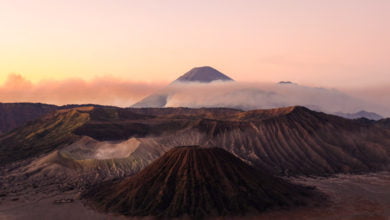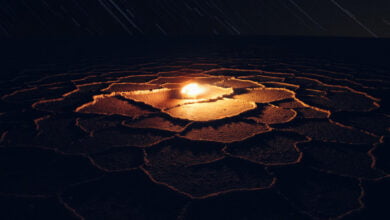In our quest for life beyond Earth, have we been looking in the right places?
As human beings, we are carbon-based lifeforms living on a, let’s be honest, relatively temperate planet ideally situated within our solar system to sustain biological life.
We’ve got the works: Water, breathable oxygen, light from the sun. It’s perfect.
But just because it’s perfect for us (and the question arises: does our environment suit us, or do we suit our environment?), that doesn’t necessarily mean these are the only circumstances in which life could possibly form.
Using that very line of thinking, astrobiologists are broadening their scope when searching for planets that may support extraterrestrial life.
In a new paper published in Astrobiology, a group of scientists have proposed two new indices for locating potential life-sustaining moons and planets: “an Earth Similarity Index (ESI) and a Planetary Habitability Index (PHI).”
Using these indices, they’re not only looking at planets that could serve as a habitat for humans (planets similar to Earth), but planets and moons that may host alien lifeforms, as well.
These could be forms of life unfamiliar to us, living in environments of different atmospheres and energy sources (such as tidal flexing) that we, ourselves, would not fair well in.
According to their paper, planets and moons able to support life, aside from Earth, include Saturn’s moon Titan and Jupiter’s moon Europa.







